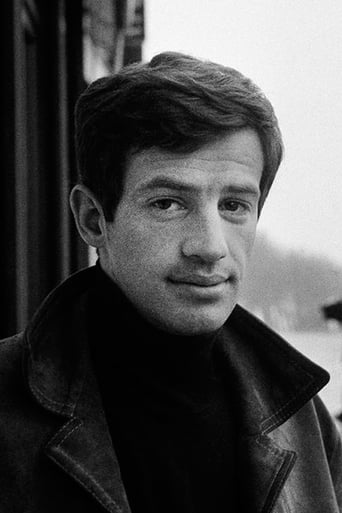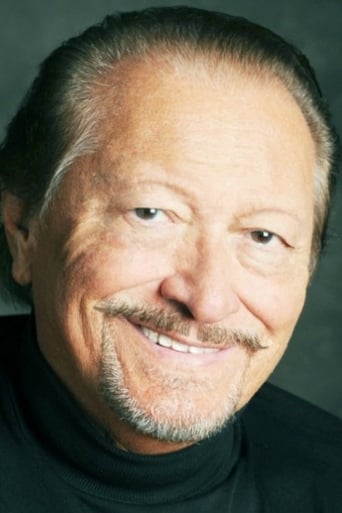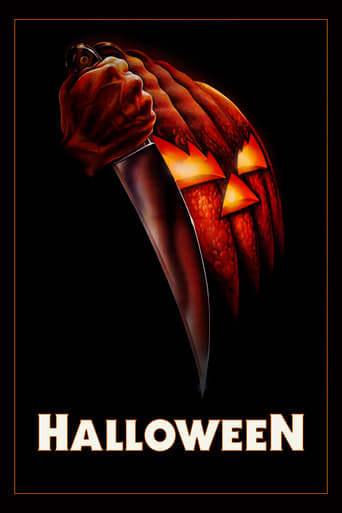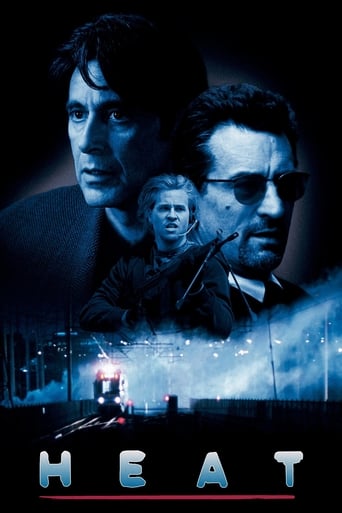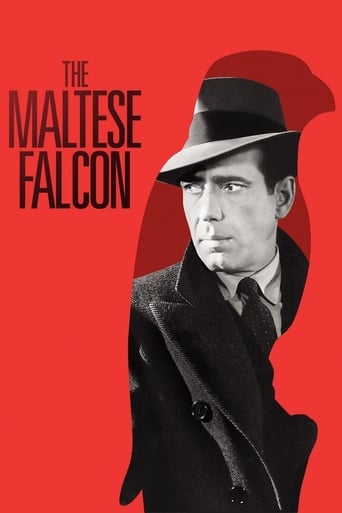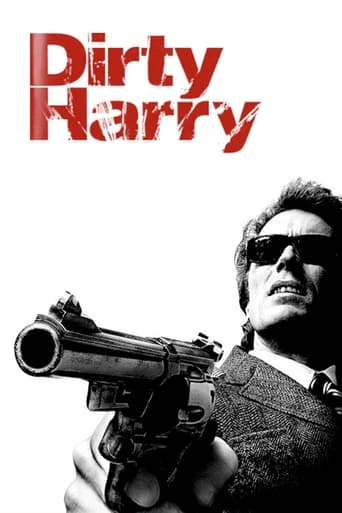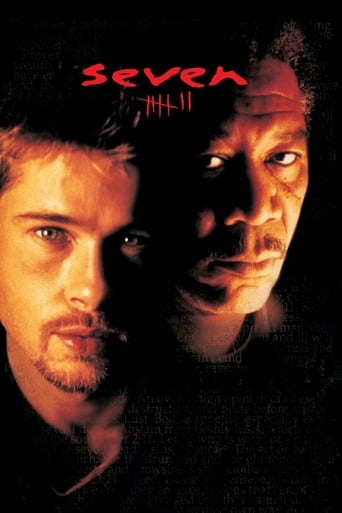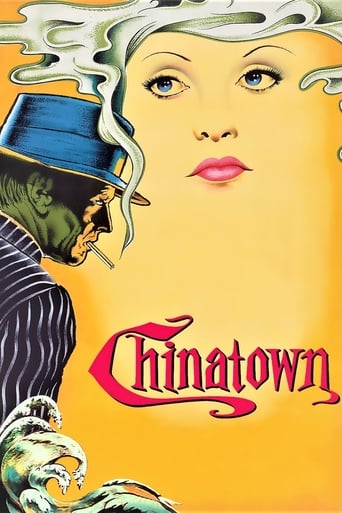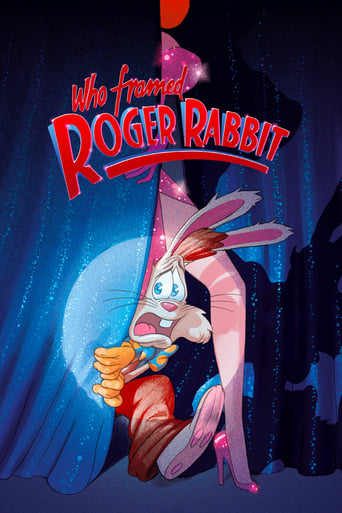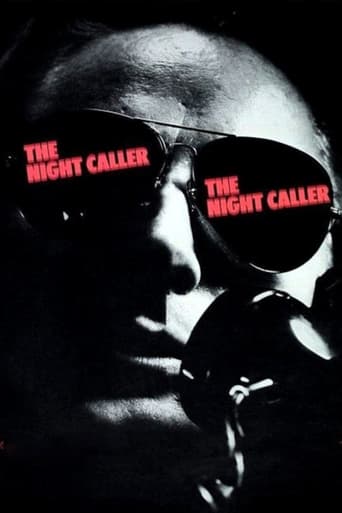

Fear Over the City (1975)
A serial-killer frightens Paris by phoning young ladies at night, telling them insults about their lives. Minos, as he calls himself, wants to prevent the world from free women and he targets at first these ones. Commissaire Letellier is given the investigation and he has hard work with the maniac.
Watch Trailer
Cast


Similar titles
Reviews
There is a very interesting relation between American and french cinema of the 60'/70'. We all know it began with the new wave guys, first as critics, leading by the remarkable Bazin. They were great in how they put unacknowledged masters, merely considered as competent craftsmen; Hawks, Ray, Hitchcock(!). Than as filmmakers, and that's where things got hot. Godard, the more radical, took us to a self-referential world of cinematic citations. Belmondo was the central character of that Breathless depiction. Curiously, by quoting Americans, the french guided the trends throughout the 60', and made the Americans go after them. But i think the french revolution was thinner than what initially promised (actually as many french revolutions!), and after the excitement of having explicitly oriented to be about films, the enthusiasm vanished. So, way before the end of the 60, the french new wave was, in its original core, worn out. Godard lost babbling about naive idealism, Truffaut, Resnais, Demy... doing their own personal things, actually more interesting (to me) than the original stuff, but totally away from what the new wave wanted. That's when some Americans regained the lead. Coppola, Scorcese, Lucas, of course. But remarkably, we have a trend of action films which are really worth watching. Siegel, Frankenheimer and the incredible Friedkin. Those set the trend for what we have here. So this film is a very curious, and interesting product, a product born from the symbiotic relation between American and french trends. Belmondo is the heritage of the original nouvelle vague, even in his (actually awkward) characterization (the cigarette, the hard boiled posture), as well as the cinematic explicit quoting; right at the beginning, the Jean Gabin bit. So already it is good to watch if you know the context, if you know the references.But in its core, and from the investors point of view, this is an action flick, that buys the tendencies of action those days and, to my view, does a very good job. It has a plot, which is discard-able, except for the output of the two cops working together (good-bad), and the general feel to it. Some killer, crazy traumatized, and one interesting aspect. The story announces that its very solution is the eyesight. So Minos is a one eyed fellow, who actually gets tracked down when Belmondo proves the glass eye connection. The very first time the killer shows, near the beginning, we have an eye on screen, to show us that. So the hint is that we'll have something in the eye.And we have that materialized in the action sequences. Here we have some impressive stuff. The trick is to extend the chasing sequences as long as we can, changing sets, changing locomotion medium (foot on roofs, cars in the city, subway/train). One specific long sequence is quite remarkable. It's really well engineered, well integrated in the city, it has carefully framed moments. It's really good fun to watch, and it makes it on a visual way. Usually i don't summarize films, but here i think it's worth looking closer at the scene. *spoilers herein* We have Belmondo surprising Minos, who had just killed another woman. He chases him through rooftops, some shooting moments, acrobatics on top of rooftops, and some delicious glimpses at the city, Paris. Than we have a transition to Lafayette, through a clothing dummies storage, in which the dummies are actually used. We have the Lafayette bit, now we are in public domain. The killer grabs a motorcycle, Belmondo and his partner start the chase in the car. Now we are in the city, ground level, lots on establishing points (remarkably the Paris opera). i enjoyed how they shot the tracking shots inside the chaser's car. At this moment there is another parallel chasing taking place, of an old crook Belmondo was seeking to get. Two other cops follow him while Belmondo still chases the killer. The interesting thing here is how, if you know your Paris, you'll understand through the lines that both chases are close one to the other. So you'll know why at a certain moment Belmondo gives up on the killer to start pursuing his personal vendetta. So he does that, this allows us to refresh the chasing, which by now is already probably 10 minutes long. we have a little bit more of car chase to connect us to the new chased subject, and we get into the subway. Subway and surface trains. Belmondo on the train, tunnels, he gets in, he shoots the guy. End of story. It is complex, it is highly engineered, with a good sense of placement in the city. Belmondo has physical skills, he does his own stunts. This sequence was clearly aiming at the similar car chase of French Connection. That one is fresher, but this one is more complex, it's an extrapolation over the original one. It's worth watching.My opinion: 3/5
"Peur sur la ville" is one of the best films for both Jean-Paul Belmondo and director Henri Verneuil. At the time (1974-75) Belmondo is (with Alain Delon) the biggest French movie star -he's a versatile actor, but he is specialized in action movies where he can do his own stunts... His artistic and physical exploits allow him to be the Number 1 at the French box office between 1970 and 1987.Henri Verneuil is too a versatile artist -in his long career he directs film of every genre, most of them are box office hits. He works with the Top French film stars (Fernandel, Belmondo, Delon, Ventura, Gabin, ...).When the two men meet for this collaboration they are not novice artists and know exactly what they want. A solid thriller ("un polar") in the best French tradition with drama, fear and action. That's what they get and pack cinemas in many countries.Paris is frightened by a psychopath, whose name is Minos. This assassin punishes people who are (in his opinion) sinners... Commissaire Letellier is an athletic cop who reaches to catch him, in putting his life in danger many times.What else can I say? The merit of this movie is the simplicity. Because scenes are not exaggerated with special effects, they are not too violent as well. Efficacy of the movie depends on actors and their physical involvement.Belmondo, who is a mask of the French cinema, is really great. He can be funny and dramatical -in this film he's a charming tough character. He has a lighter approach than Clint Eastood's "Dirty Harry" or than any of Charles Bronson executioners.
Skip through the special features on the DVD of Peter Yates Bullitt (1968) and you'll find an interesting featurette entitled Steve McQueen's Commitment to Reality; a promo made at the time of the film's production. As this quaint little curio unravels, we're told that McQueen had driven the iconic Ford Mustang for real, during the seminal car chases. The viewer is given the impression that the film's star is really something special for doing so. FACT: Next to French superstar Jean-Paul Belmondo's stunt work in Peur Sur La Ville, McQueen was merely dipping his little toe in a very deep pool! Reality indeed!The action sequences in Peur Sur La Ville are nothing short of jaw dropping, even by the standards of movies today. One chase sequence in particular has Belmondo pursuing a suspect up an interior stairwell, out through a window, across a series of rooftops whilst hanging onto various fascias and bits of guttering. Smashing through a skylight, he falls into a department store. Once again on street level, a car-chase ensues, climaxing with Belmondo running atop a moving train! Verneuil lets his audience know that it's his leading man putting his neck on the line. Belmondo is clearly seen, every step of the way. This is undoubtedly one of the best examples of its kind ever committed to celluloid.Peur Sur La Ville would probably never have been conceived if it hadn't been for the aforementioned Bullitt or for that matter, William Friedkin's The French Connection (1971).For years, European critics sneered at American remakes/reworkings of classic foreign language films and held theirs heads high with the view that continental cinema was not only innovative, but actually set the trends for the Yanks to replicate. However, Bullitt, French Connection and Don Siegel's Dirty Harry (1971) set the record straight once and for all; the anti-hero cop was as American as the hamburger. These groundbreaking films introduced audiences to unorthodox cops that had a case to break, by any means necessary. Sometimes these cops would act as ruthless as the criminals they were fighting to keep off the streets. All three films upped the ante in terms of action and break-neck editing.By the mid seventies, Italian directors such as Enzo G. Castellari (High Crime), Franco Martinelli (Violent Rome/Roma Violenta) Fernando De Leo (Calibre 9/Milano Calibre) and Umberto Lenzi (The Tough Ones/Italia a Mano Armata) were all dabbling with this new found genre. Whereas their American counterparts had cast the likes of Clint Eastwood, Charles Bronson and Gene Hackman, the Italians were making stars out of Franco Nero, Tomas Milian, Maurizio Merli and Fabio Testi. Although immensely enjoyable almost all of these Italian poliziers never rose above formulaic. However, Verneuil, a Turkish film-maker working in France managed to pull off a real coup with Peur Sur La Ville. By making his film a hybrid of both polizier and giallo, it works on both levels and gives it the substance lacking from the Italian pictures.A diabolical killer calling himself Minos, is on the loose in Paris. Having lived through the `free love' of the sixties and not getting any, he decides that he will `act as an arm of justice that will condemn without pity and execute all those who wallow in the sexual mud that is drowning us.' After establishing his motive, he sets about murdering promiscuous females. Hot on his heels is police Inspector Latelier (Belmondo). Minos taunts Latelier by sending a piece of his picture after each murder, in the view that the photograph will be complete when his work is done.As Paris' most unorthodox detective, Latelier gets sadistic pleasure from seeing his suspects squirming. During one of the Sub-plots, Latelier refuses to call a critically wounded drug dealer an ambulance until he gets the information he is after, which echoes Eastwood's Callaghan in Dirty Harry.As much as Verneuil was influenced by the like of Siegel and Freidkin, Peur sur La Ville owes a huge debt to the films of Mario Bava. The opening scene in which Minos taunts a victim on the phone, is reminiscent of The Telephone episode of Bava's anthology Black Sabbath (1963).Later during the aforementioned chase sequence, after crashing through the skylight, Latelier and Minos face off amongst the mannequins of a poorly lit store room; a nod to the Italian maestro's Hatchet for the Honeymoon (1969).Peur Sur La Ville features a wonderful music score by none other than Ennio Morricone. The score is integral to some of the set pieces as one would expect. During the tense opening, Morricone orchestrates only a single drumbeat. This is extremely unnerving, as we the audience, know that Minos is about to knock at the door!Canal + Video's DVD is presented anamorphically, in its original widescreen ratio of 1:66:1. This is as good a transfer as one could expect from a film of this age. Print damage is minimal but the colours seem a little washed-out. The sound is presented in two-channel mono, but is well balanced and serves Morricone's score well. The viewer has the choice of watching the film either in the original French language or in a dubbed English version. There are no subtitles available. Extra features are limited to the original theatrical trailer (in French), an interview with Verneuil (again in French) and a poster gallery.Peur Sur La Ville is one of the lost landmarks of action cinema but is also so much more. If you have a thing for poliziers or giallos, this ones for you!
This French movie by crime and action movie director Henri Verneuil presents Jean-Paul Belmondo at his best! He plays a Clint-Eastwood-like hard boiled detective in Paris, chasing a mentally disturbed serial killer who's already killed several women. Belmondo is acting in his usual style, with less words than action and some witty remarks for every scene. Next to some scary murders and a disturbing one-eyed killer, the highlight of this movie is a 15-minute chase which starts on a house's roof and is continued by bike, cars and a thrilling subway stunt sequence, all filmed as good as well-known chase scenes like "Bullitt", "French Connection" or "Speed". If you like dark serial killer action, hard-boiled guys and breath-taking action sequences, watch this cool 1975 movie!


